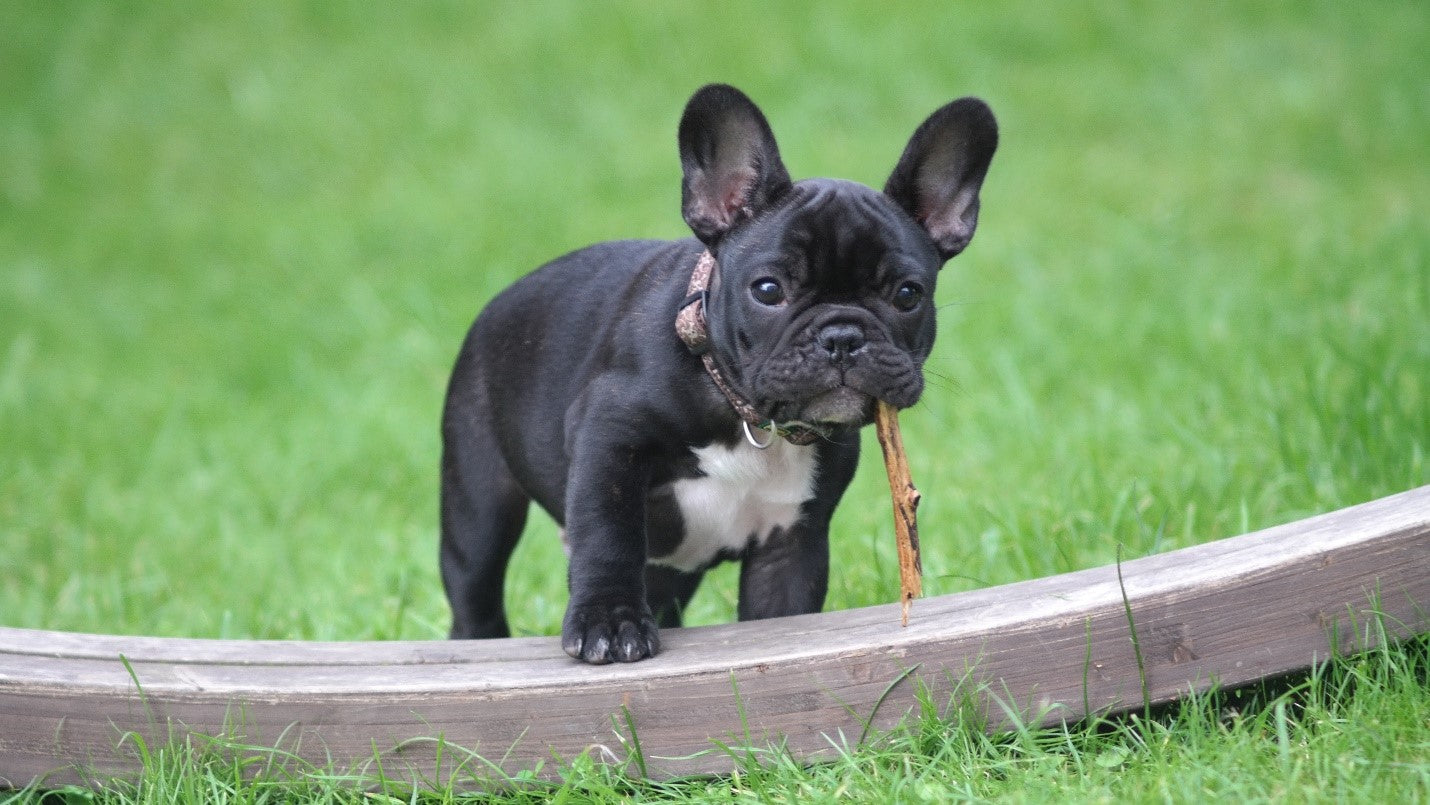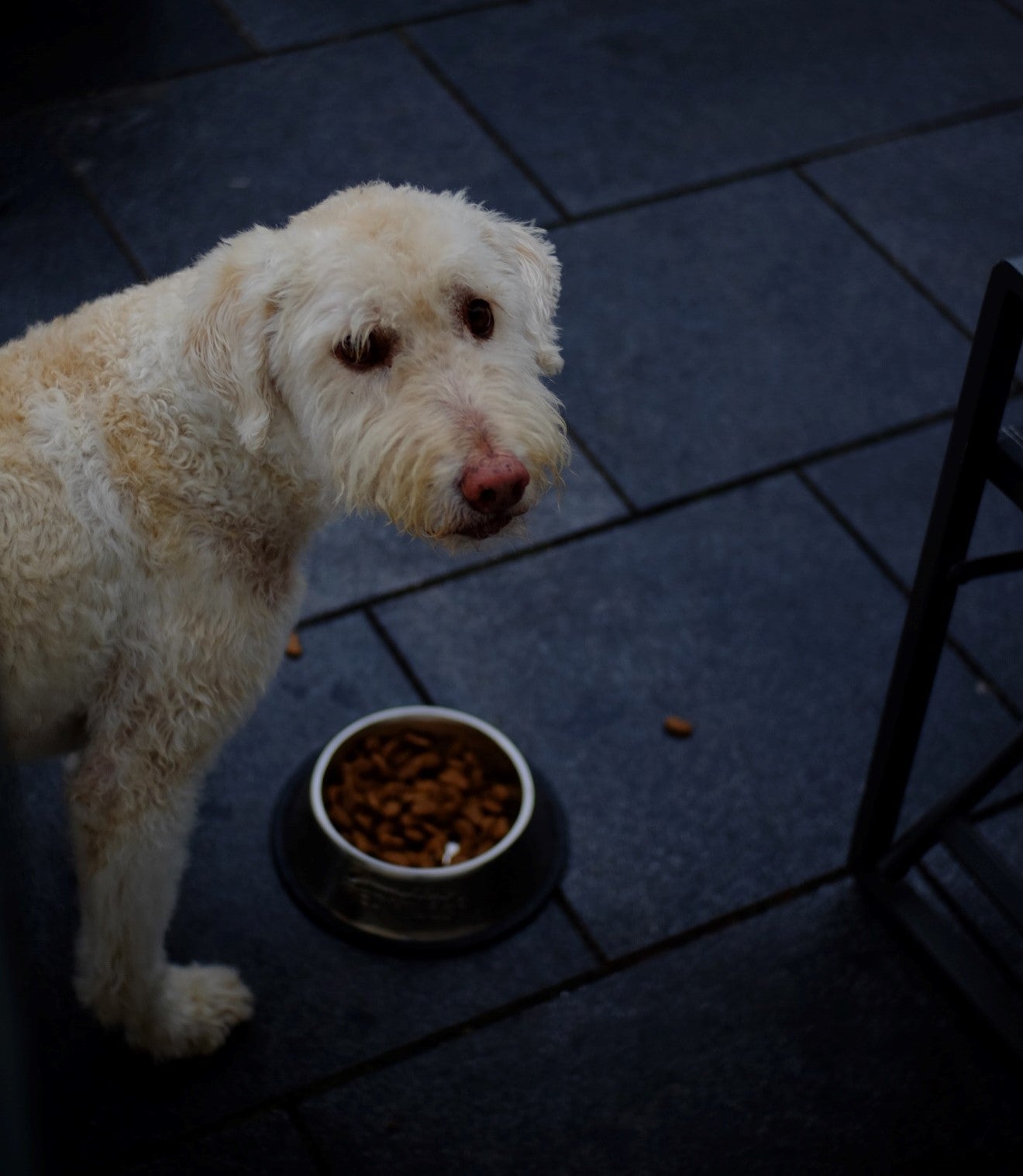Many dogs may have gum discoloration without their owner even knowing about it. Most commonly, dogs develop gum discoloration due to an accumulation of plaque and bacteria on the teeth and gums. In other cases, gum discoloration tissue may be a sign of a more serious health problem. Understanding the causes of gum discoloration in dogs is important for ensuring that your pet stays healthy. Read on to learn if your dog’s gum discoloration is an issue!
What is black gum disease in dogs and what are the symptoms of this condition?
Gum discolorations in dogs can be indicative of periodontal disease or other health conditions such as cancer. Black gum disease is apparent when the gum tissue turns black or darkens in color especially along the base of the teeth.
This occurs for a number of reasons, including an accumulation of plaque and bacteria on the teeth and gums, and genetics. There are a few breeds, however, that have naturally dark gums like Chow Chows and Chinese Shar-Pei’s.
Symptoms of gum disease in dogs include:
- -Bad breath
- -Gum inflammation
- -Gum bleeding
- -Tooth loss
- -Black colored gums near base of teeth
Additionally, dogs that stop playing with chew toys, or show signs of pain when eating, and using only one side of their mouth to chew can all be additional signs that there could be something wrong in their mouths.
What are the causes of gum discoloration in dogs?
One of the most common causes is an accumulation of plaque and bacteria on the teeth and gums. Additionally, Brachycephalic breeds can be more prone to periodontal issues simply due to their maligned or crowded teeth, making oral hygiene more challenging. In other cases, gum tissue discoloration may be a sign of a more serious health problem, such as cancer.
Left untreated, a dog's gum discoloration condition can lead to more serious health problems, including advanced gum disease, pain, tooth loss, infection and even cancer. In some cases, surgery may be necessary to remove the gum tissue discoloration.
How can gum discoloration in your dog be prevented?
If you think your dog may have a gum discoloration problem, it's important to take them to the vet so they can determine the underlying cause and provide treatment.
Brush your dog's teeth more frequently to remove the accumulation of plaque and bacteria. Get your dog's teeth professionally cleaned on a regular basis.
Good health starts with good nutrition. Start with Health Extension Holistic Dog Foods. By adding Health Extension Dental Chews to your dog’s diet, you can also help reduce tartar and plaque buildup. Happy pup, happy owner!
Bottomline…
Although gum discoloration can be a sign of an underlying health problem, there are ways to prevent and treat this condition. If your dog has gum discoloration, be sure to take him or her to the veterinarian for a diagnosis and treatment plan. With early detection and intervention, in most cases can be managed successfully.
Does your dog have a gum discoloration problem? What are your thoughts?



